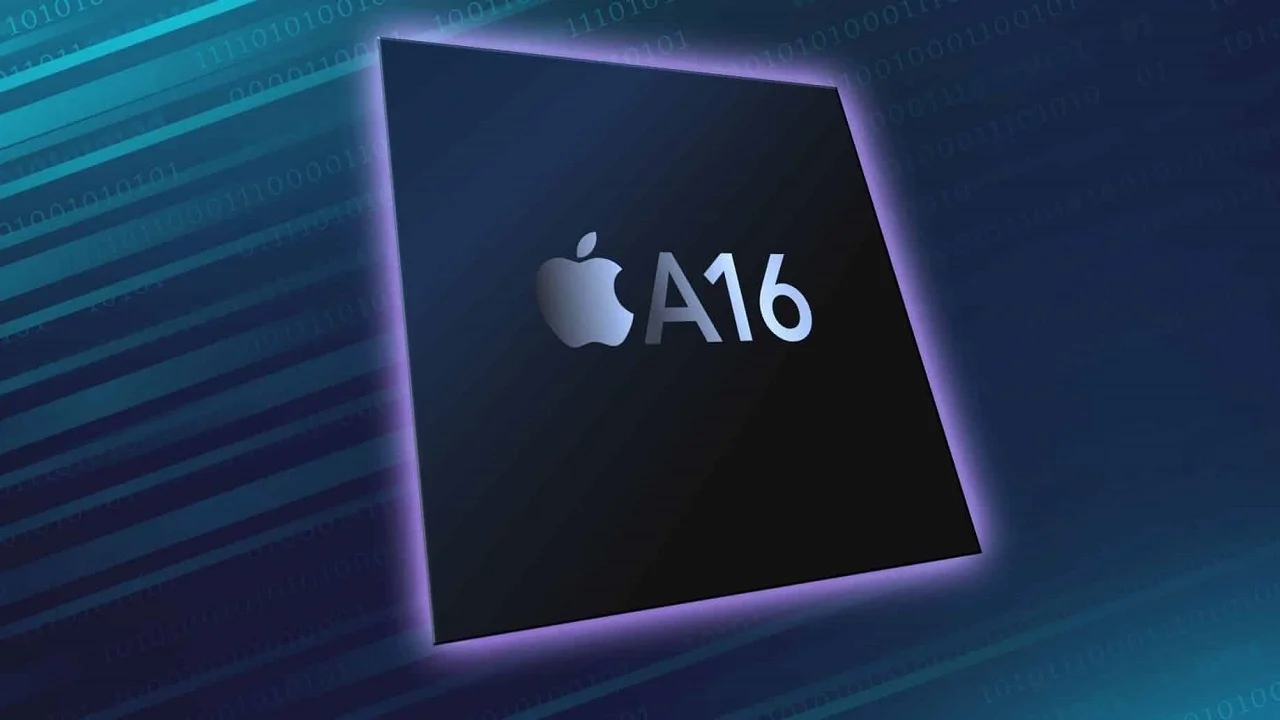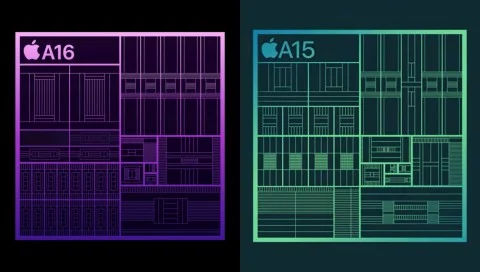Rumors: iPhone 14 Pro may lose the ray tracing feature

Apple plans to drop ray tracing from the iPhone 14 Pro. Previously, according to The Information portal, the company wanted to implement similar graphics improvements in the A16 Bionic chipset.

Ray tracing support is already available in GPUs from other brands, such as ARM Immortalis-G715 and Qualcomm Adreno 740. Ray tracing was also planned for the Apple A16 Bionic. But according to insider information, the company found a flaw in the architecture already at the final stage of development. This caused a number of changes to be rolled back to reduce heat and battery consumption in future devices.
In addition to the above data, the source reports that the refusal to implement ray tracing in the new iPhones is due to the dismissal of a number of company employees, as well as courts associated with startups. In 2019, three Apple developers defected to Nuvia, which was later bought by Qualcomm two years later for $1.4 billion. Prior to that, Apple sued California startup Rivos Inc. Cupertino was unhappy that Rivos Inc poached 40 engineers, two of whom had access to a large amount of confidential data on the development of Apple processors.

Ray tracing support is already available in GPUs from other brands, such as ARM Immortalis-G715 and Qualcomm Adreno 740. Ray tracing was also planned for the Apple A16 Bionic. But according to insider information, the company found a flaw in the architecture already at the final stage of development. This caused a number of changes to be rolled back to reduce heat and battery consumption in future devices.
In addition to the above data, the source reports that the refusal to implement ray tracing in the new iPhones is due to the dismissal of a number of company employees, as well as courts associated with startups. In 2019, three Apple developers defected to Nuvia, which was later bought by Qualcomm two years later for $1.4 billion. Prior to that, Apple sued California startup Rivos Inc. Cupertino was unhappy that Rivos Inc poached 40 engineers, two of whom had access to a large amount of confidential data on the development of Apple processors.





There are no comments yet :(